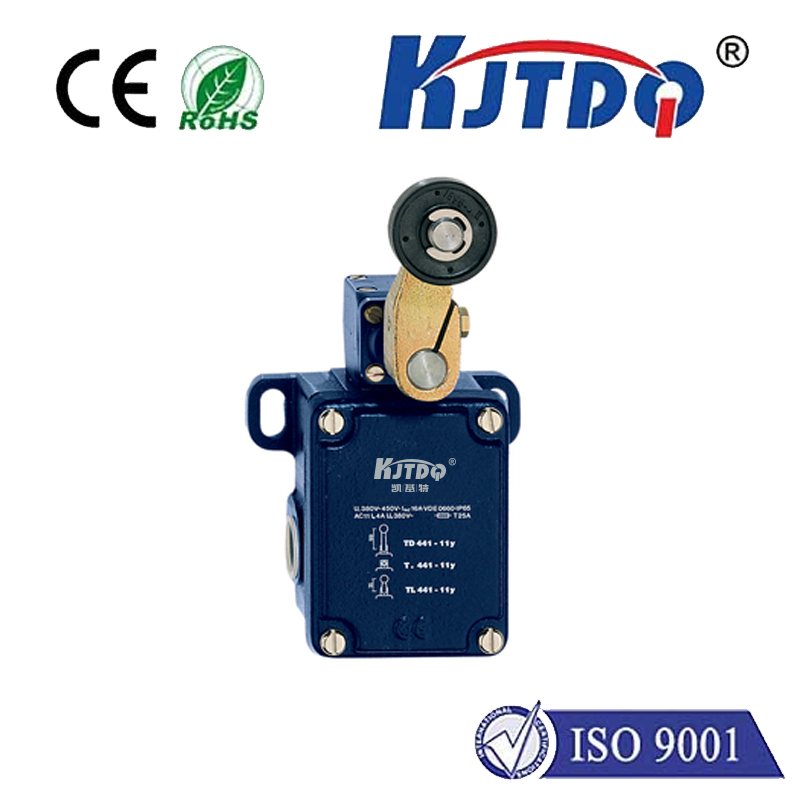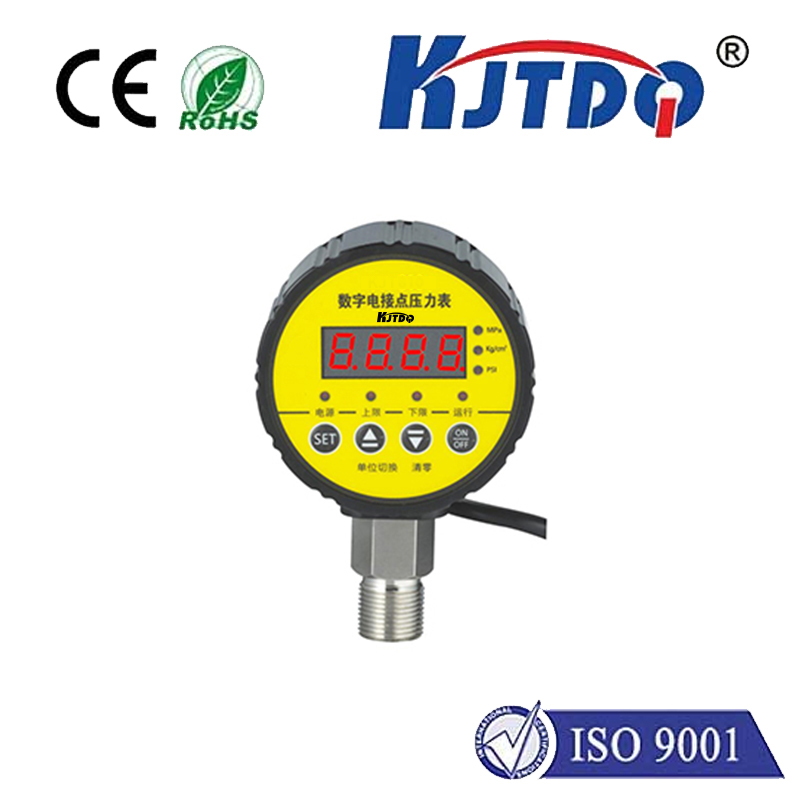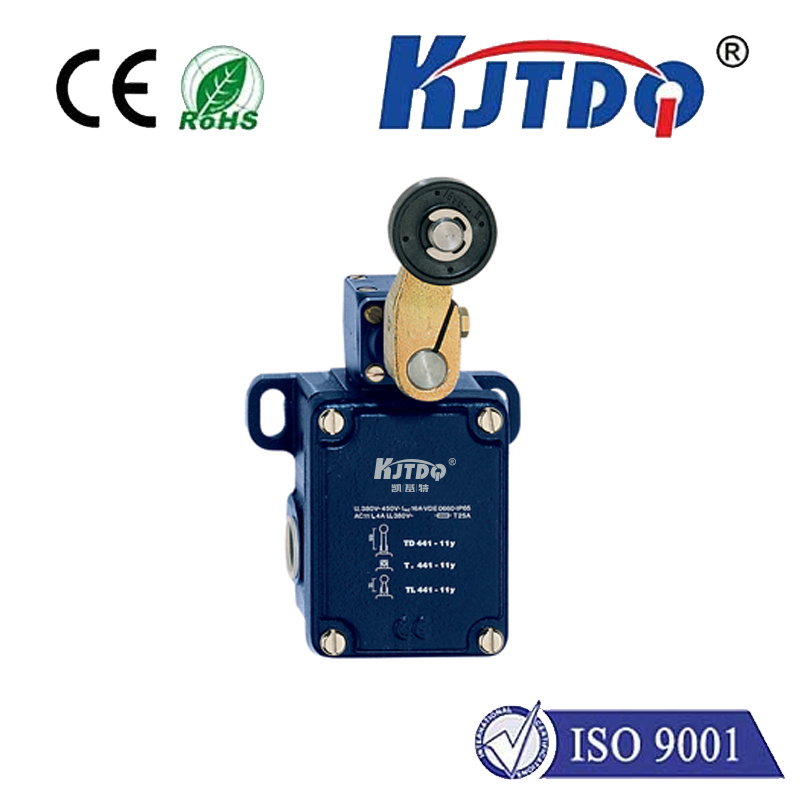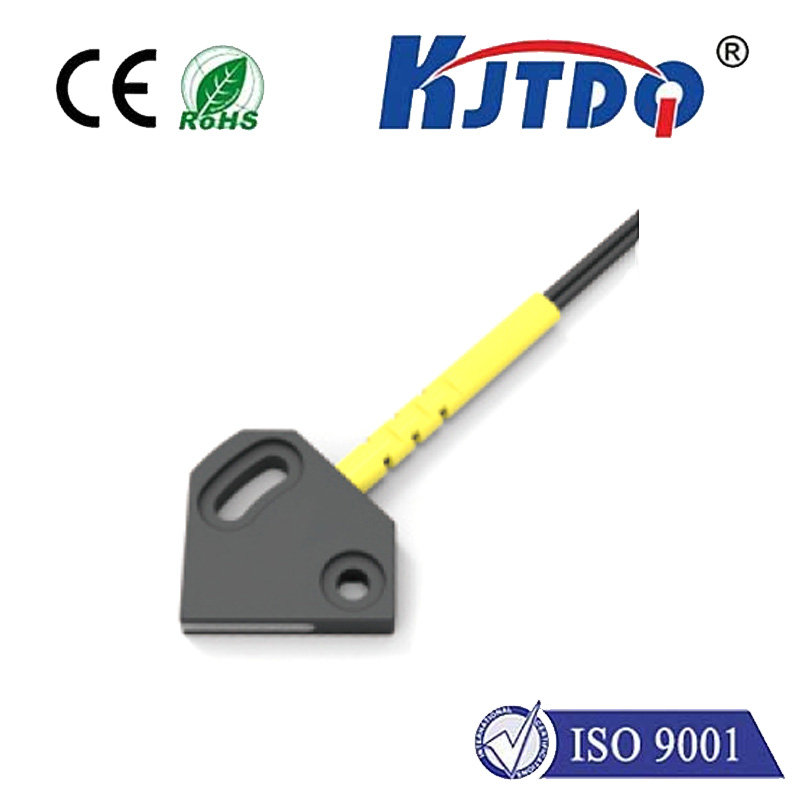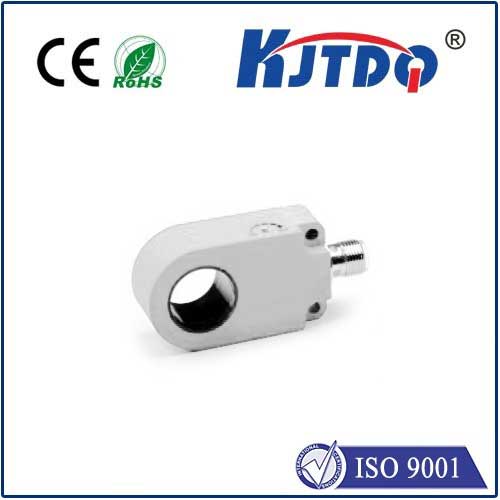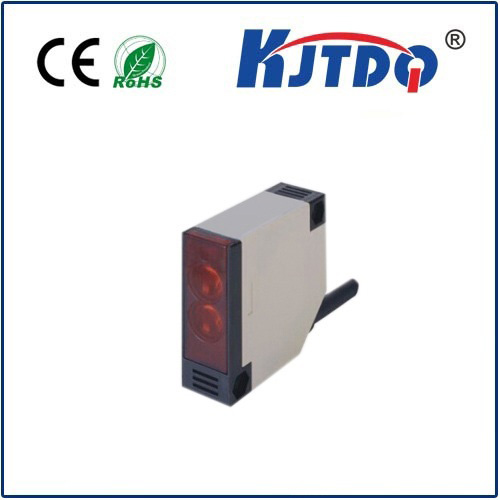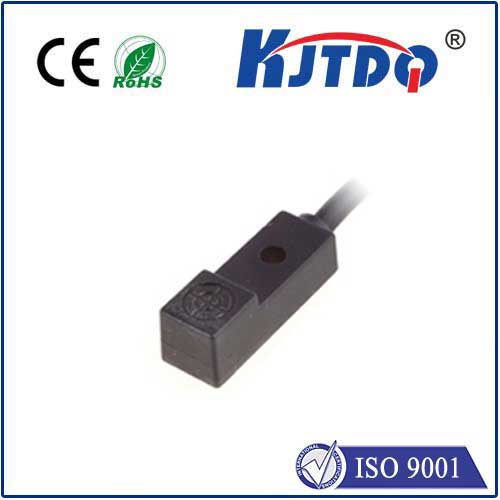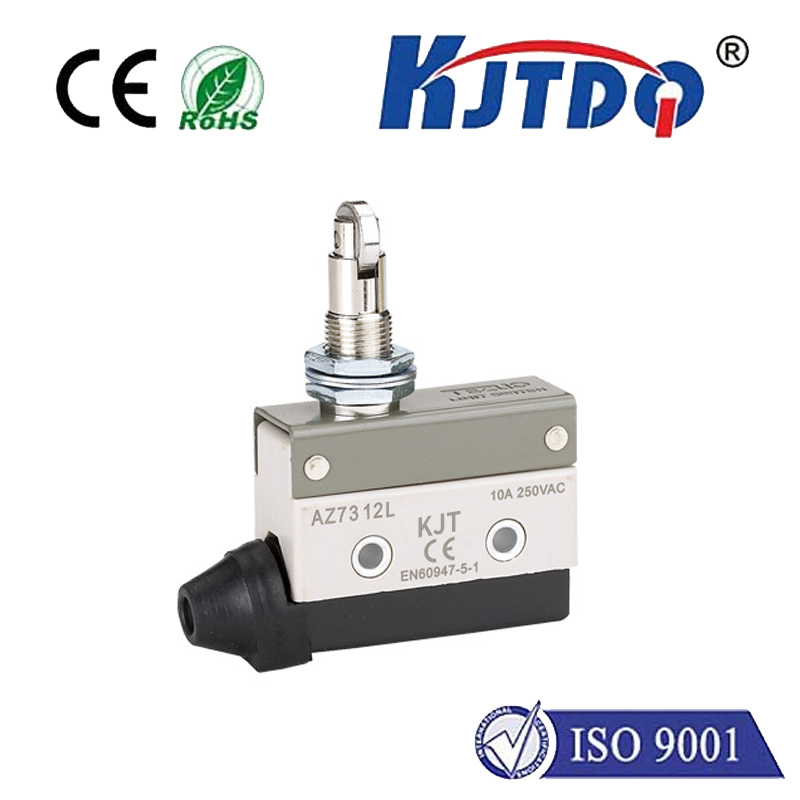sensor hsr04
- time:2025-07-20 08:01:44
- Click:0
The HC-SR04 Ultrasonic Sensor: Beyond Basic Distance Measurement
Imagine measuring distance without touching anything, using sound beyond human hearing. It sounds like magic, but it’s the fundamental principle powering countless robots, automated systems, and DIY projects thanks to the humble HC-SR04 ultrasonic sensor. This ubiquitous electronic component has become synonymous with affordable, non-contact distance sensing. Let’s delve into how this remarkable little module works, its practical applications, and how to harness its potential effectively.
Demystifying the Ultrasonic Principle
At its core, the HC-SR04 sensor relies on ultrasonic sound waves. These are sound waves vibrating at a frequency far higher than the human ear can detect – typically 40 kHz for the HC-SR04. The sensor features two key cylindrical components: a transmitter and a receiver.
The principle is elegantly simple: echo-location, akin to how bats navigate. Here’s the step-by-step process:
- Trigger Pulse: A microcontroller (like an Arduino or Raspberry Pi) sends a short (min. 10µs) HIGH pulse to the sensor’s TRIG pin.
- Transmission: The HC-SR04 emits a focused ultrasonic burst (usually 8 pulses at 40 kHz) from its transmitter.
- Propagation: The sound waves travel through the air at the speed of sound (approximately 343 meters per second at room temperature).
- Echo Reception: If an object is within range, the sound waves bounce off it. The receiver detects this returning echo wave.
- Echo Pulse: The sensor sets its ECHO pin to HIGH for a duration exactly proportional to the time it took the sound wave to travel to the object and back.
- Calculation: The microcontroller measures the pulse width (time the ECHO pin is HIGH) in microseconds. Distance is then calculated using the formula:
Distance (cm) = (pulse duration (µs) * Speed of Sound (cm/µs)) / 2 Speed of sound in cm/µs is roughly 0.0343. Dividing by two accounts for the sound traveling to the object and back.
This time-of-flight (ToF) calculation is the heart of the sensor’s operation.
Key Specifications and Capabilities
Understanding the HC-SR04’s limitations is crucial for effective application:
- Range: Typically 2 cm to 400 cm (about 0.8 inches to 13 feet). Performance degrades significantly at the extremes.
- Accuracy: Generally ±3mm under ideal conditions. However, accuracy is highly dependent on target surface, angle, temperature, and humidity.
- Blind Zone: Objects closer than about 2 cm usually cannot be reliably detected due to processing time within the sensor module after the transmit pulse.
- Resolution: Around 0.3 cm.
- Power Supply: Operates at 5V DC.
- Beam Angle: Approximately 15 degrees cone angle. Objects outside this narrow beam won’t be detected. Consider this when placing your sensor.
- Temperature Sensitivity: The speed of sound varies with air temperature (~0.6 m/s per °C). For higher accuracy, temperature compensation is highly recommended.
Why Choose Ultrasonic? The HC-SR04’s Niche
Compared to other distance sensing technologies like infrared (IR) proximity sensors or advanced LiDAR, the HC-SR04 offers distinct advantages:
- Cost-Effectiveness: Extremely inexpensive, making it perfect for hobbyists and large-scale deployments.
- Simplicity: Easy to interface with common microcontrollers using simple digital I/O pins and basic timing functions.
- Versatility: Effective on various surfaces where optical sensors (IR, laser) struggle, such as glass, water, or dark/matte objects that don’t reflect light well. It excels at detecting transparent objects.
- Non-Contact: Measures distance without physical interaction, preserving delicate objects or surfaces.
Bringing the HC-SR04 Sensor to Life: Applications Galore
The simplicity and affordability of the HC-SR04 open doors to a vast array of projects:
- Robotics: Obstacle avoidance, navigation, collision prevention in autonomous robots (wheeled, robotic arms, drones).
- Level Sensing: Measuring liquid levels in tanks (water, non-foaming chemicals), grain levels in silos. Requires careful mounting. Ultrasonic distance sensors are common in industrial settings.
- Parking Assistance: Creating DIY parking sensors for vehicles or garages.
- Interactive Displays: Gesture detection or proximity-based interactive art installations.
- Security Systems: Motion detection in specific zones, proximity alerts (though prone to false triggers).
- Process Automation: Detecting presence/absence on conveyor belts, positioning objects accurately.
- Arduino/Raspberry Pi Projects: Endless educational and hobbyist applications from simple distance meters to complex automated systems.
Essential Considerations for Reliable Operation
To get the best results from your HC-SR04 ultrasonic module, keep these points in mind:
- Target Properties: Soft, fabric-like surfaces absorb sound, reducing range and accuracy. Angled surfaces may reflect sound away from the sensor. Test your specific targets. Small objects might not reflect enough sound energy to be detected reliably. Hard, flat surfaces perpendicular to the sensor yield optimal results.
- Multiple Sensors: Running multiple HC-SR04s simultaneously can cause crosstalk (one sensor detecting another’s signal). Strategies include sequential triggering or ensuring significant physical separation. Careful timing is key.
- Environmental Factors: Temperature fluctuations significantly impact speed of sound. Humidity plays a lesser, but still relevant role. Wind and air currents can deflect sound waves. Acoustic noise (especially at 40kHz) can interfere. Temperature compensation via a digital sensor (like DHT22 or DS18B20) is strongly advised for critical applications.
- False Echoes: Surfaces other than the intended target (like nearby walls, the mounting surface itself, or background objects) can create echoes. Algorithmic filtering (e.g., ignoring very close or very far spikes) is often needed in code. Proper physical mounting is vital.
- Code Implementation: Basic code involves precise timing of the ECHO pulse. Using microcontroller interrupts can ensure more reliable timing than simple polling loops. Many robust Arduino libraries exist (e.g., NewPing) that handle timing complexities and offer features like multiple sensor management and filtering.
Integrating with Your Project: The Basics
Connecting the HC-SR04 sensor to a platform like Arduino is straightforward:
- VCC: Connect to 5V power supply.
- GND: Connect to ground.
- TRIG: Connect to a digital output pin on your microcontroller.
- ECHO: Connect to a digital input pin on your microcontroller.
A simple Arduino code snippet would involve:
”`arduino
#define trigPin 9
#define echoPin 10
void setup() {
Serial.begin(9600);
pinMode(trigPin, OUTPUT);
pinMode(echoPin, INPUT);
}
void loop() {
digitalWrite(trigPin, LOW);
delayMicroseconds(2);
digitalWrite(trigPin, HIGH);
delayMicroseconds(10); // Minimum 10µs trigger pulse
digitalWrite(trigPin, LOW);
long duration = pulseIn(





